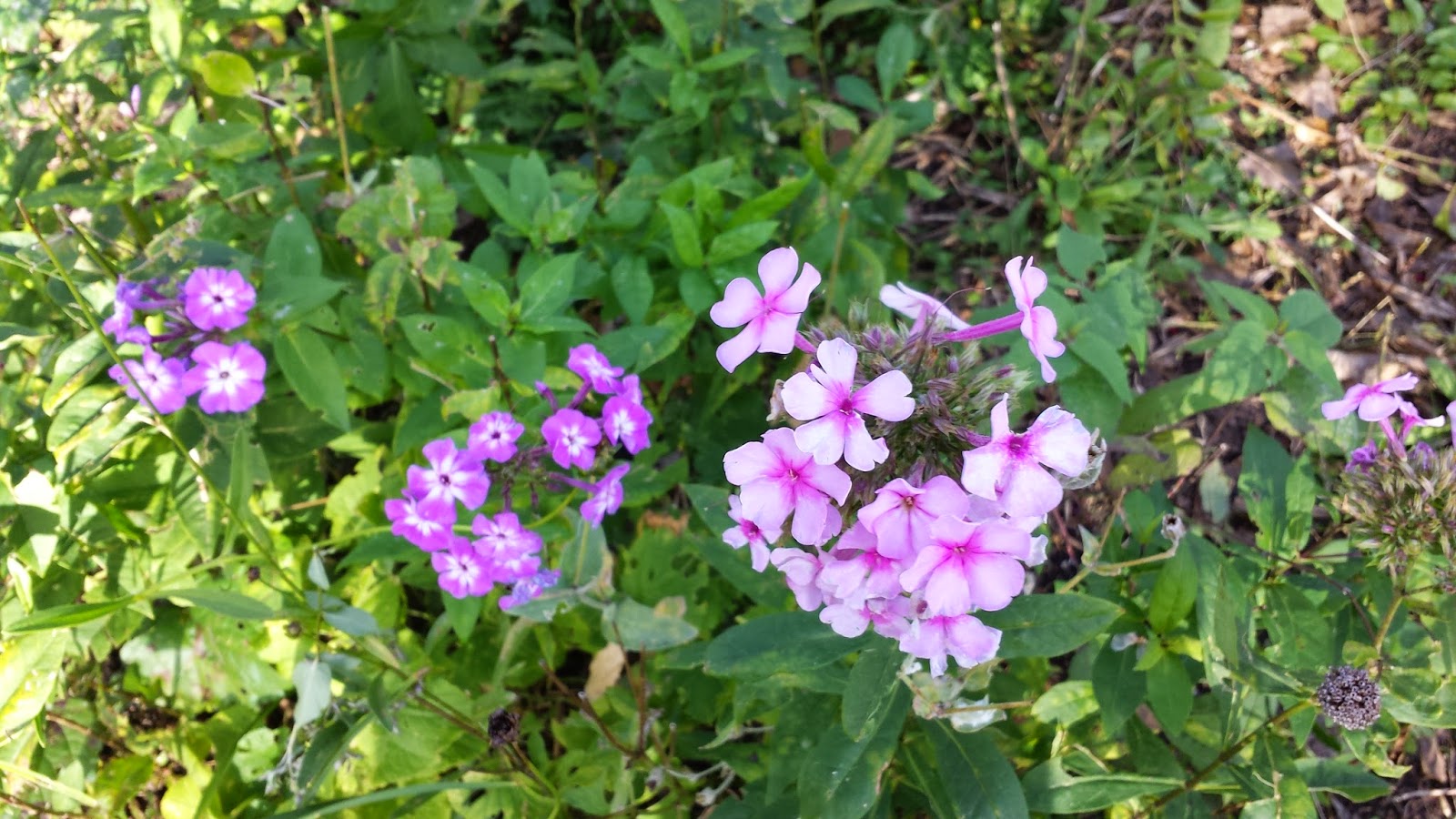Purple
perennials rank right up there with blue for me. Purple is one of my favorite colors and so
are purple perennials.
There are
quite a few purple perennials, too, so if you’re looking for some for your
garden you shouldn’t have a very difficult time finding some. Two of the earliest purple perennials to
bloom are pasque flowers and crocus, which grows from bulbs planted in the fall.
Purple
perennials really pop if you add a dash of bright yellow or white near
them. White spirea bushes (bridal
wreath) and yellow flag iris are blooming in the late spring to complement your
spring purple perennials.
Blooming a
little later is cranesbill, a large mounding perennial that comes in a large
variety of shades from blue, to magenta, to purple.
 |
| iris |
Yarrow and
lady’s mantle will be blooming now too and will give a nice yellow and pale
green contrast to your purple perennials.
Catmint is
a purple perennial that is easy to grow and very reliable. It does spread easily though so you have to
be tough with it to keep it from overstepping its boundaries.
Garden Phlox comes in many variations of blue, lavender, purple and pink and generally blooms all throughout July.
Garden Phlox comes in many variations of blue, lavender, purple and pink and generally blooms all throughout July.
 |
| garden phlox |
By now the
delphiniums should be blooming and they are by far my favorite purple perennials.
Unfortunately, delphinium is not as easy to grow as some other perennials and
they will need staking, as harsh weather can be tough on the flower stalks.
 |
| Delphinium |
Campanula,
veronica, scabiosa, and lavender should all be blooming by now and paired with
sun drops, makes a beautiful vignette.
Skullcap,
another member of the mint family, provides a rich carpet of purple flowers in
midsummer, but like most other mints it’s an aggressive grower.
 |
| Balloon Flower and False Sunflower |
Thyme is an
herb, but also considered a purple perennial.
It is low growing and covered with purple flowers, when in bloom. Common chives also have purple or lavender
flowers when they’re blooming.
Butterfly
bush comes in purple. It will bloom in
midsummer, and as the summer progresses look for garden phlox, monkshood, globe
thistle, meadow sage and Russian sage, which are all purple perennials.
Finally, at
the end of the season, sedums will bloom.
There are varieties with purple flowers and others that have pink
blossoms but purple leaves. Sedums are
another perennial that behaves well in the garden and will stay where it is
planted.
 |
| Butterfly bush blossoms |
Probably
the last purple perennials to bloom are the asters and perhaps the
chrysanthemums.
 |
| Asters |




No comments:
Post a Comment